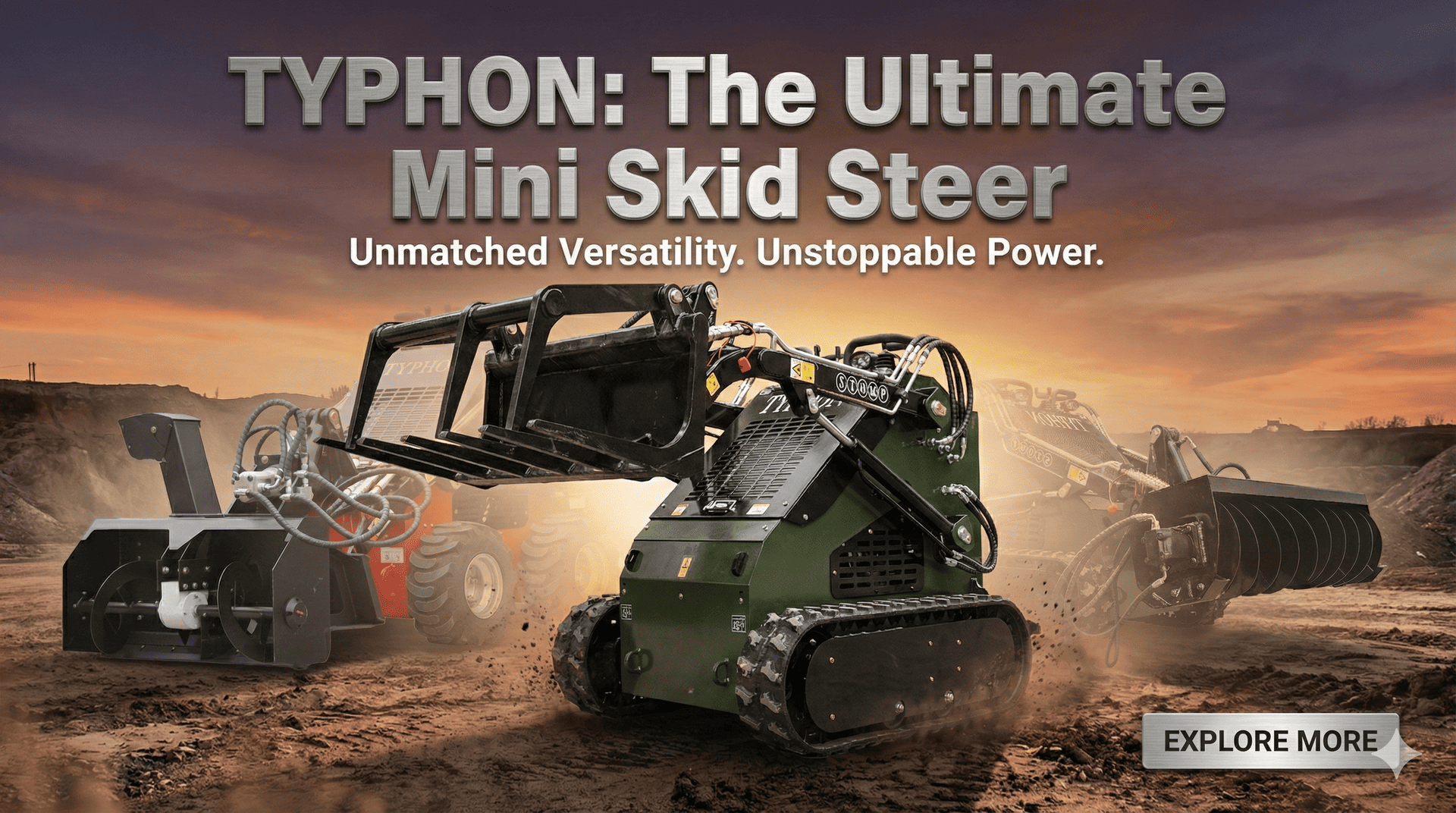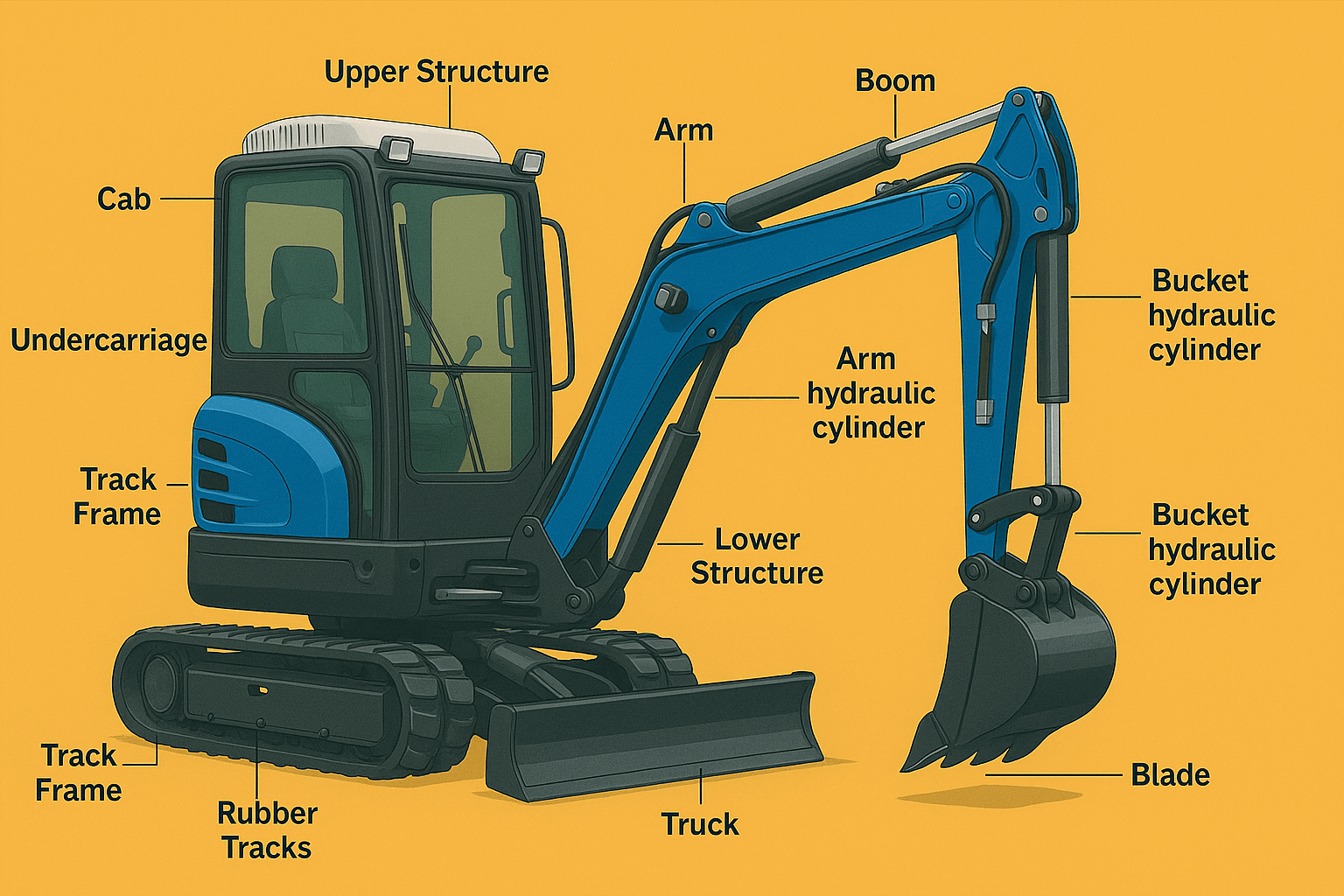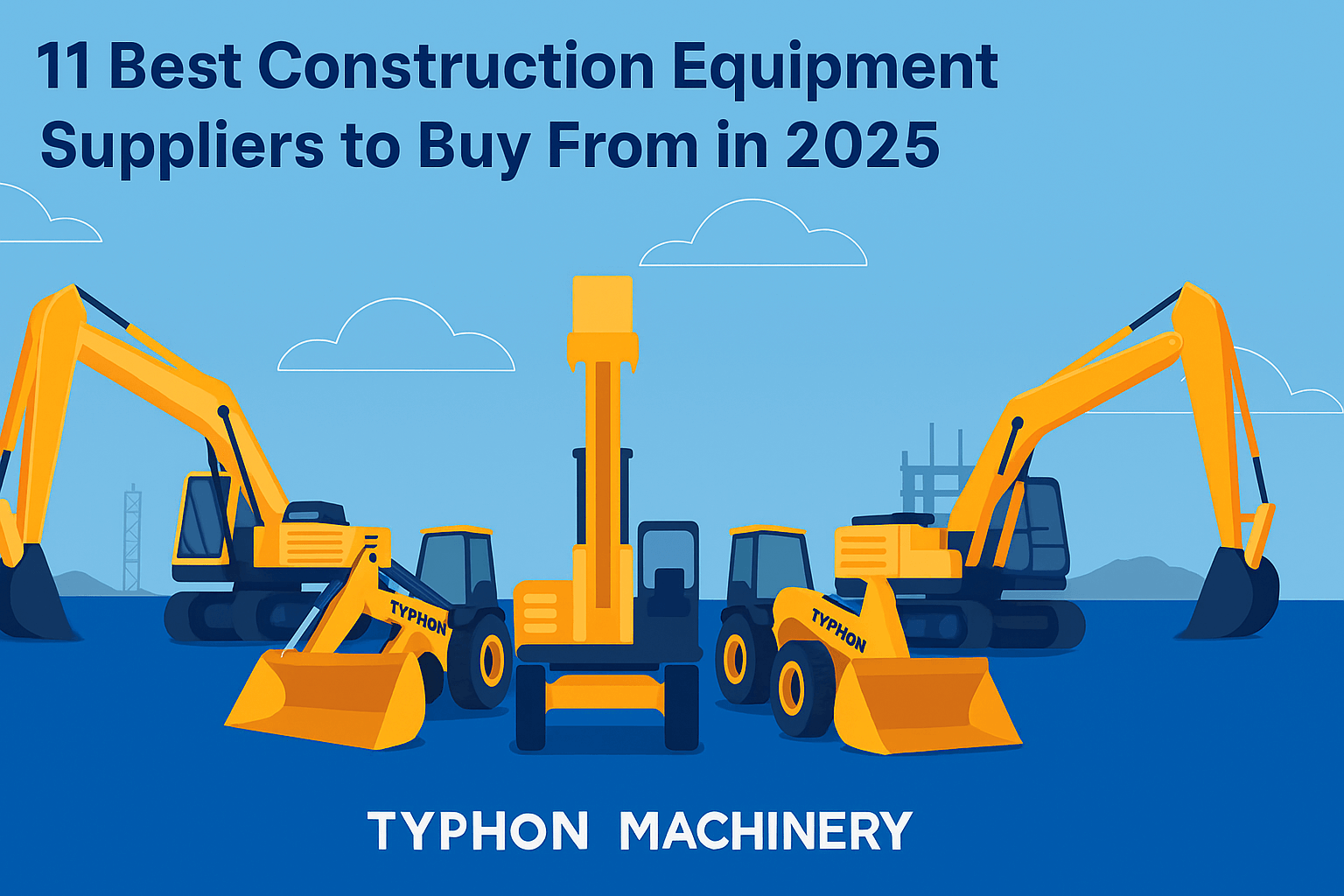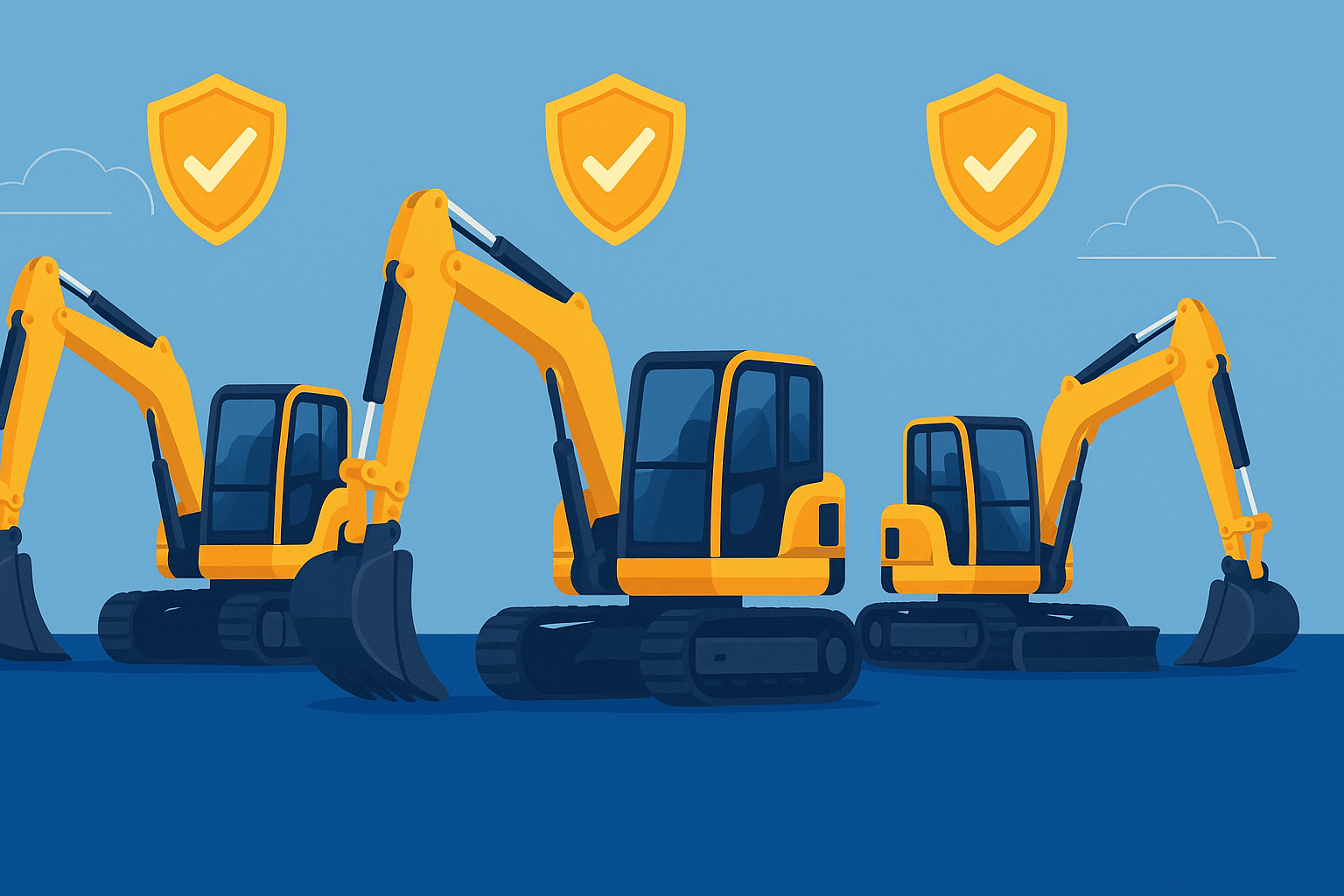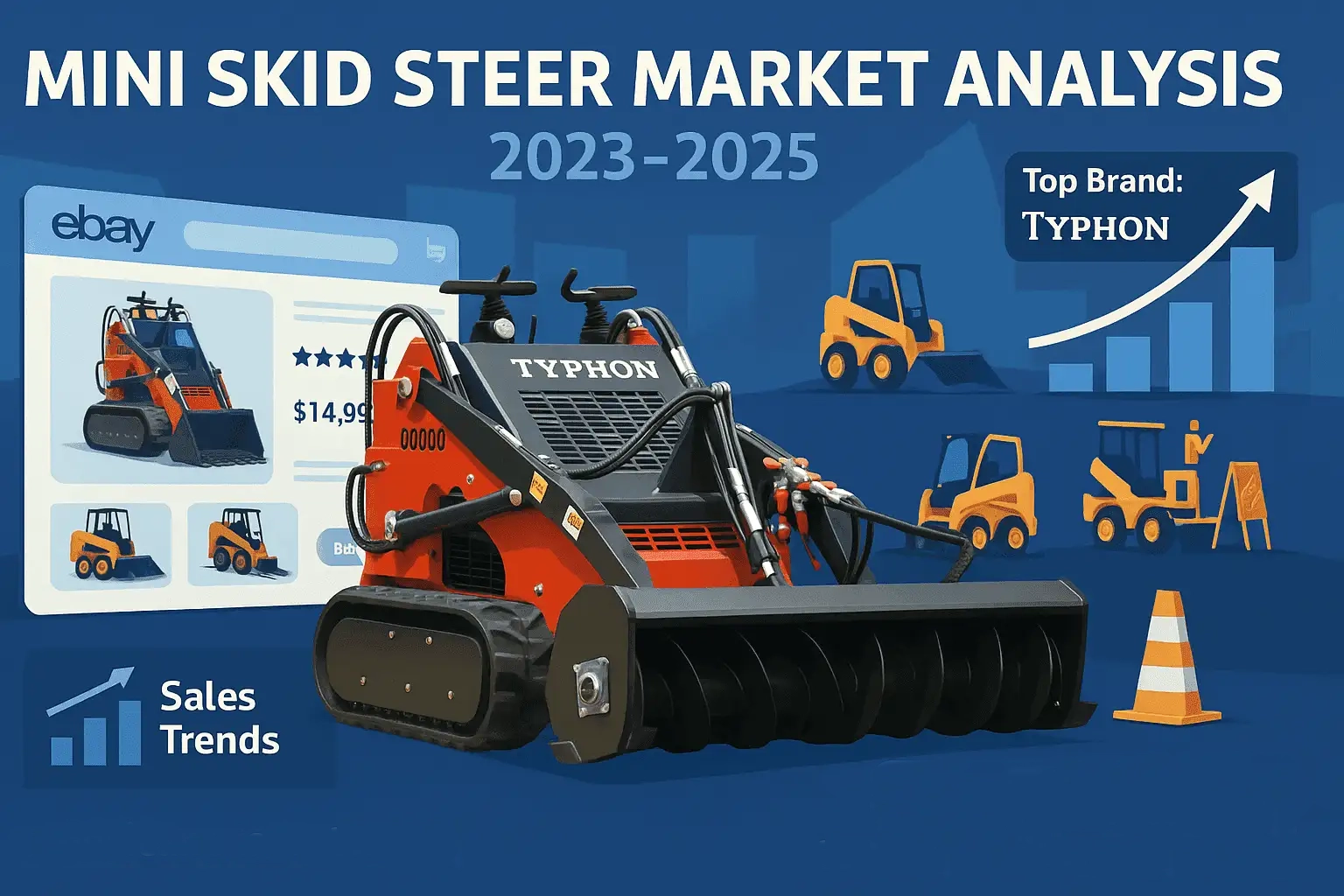If you want to learn how to use an excavator, knowing how all of its parts work can help you do any job. What are the different parts of an excavator? There are few differences between models, but all excavators have the same fundamental parts, whether they are tiny or skid steer.
If you want to know everything about an excavator, you can easily divide it into three primary parts: the undercarriage, the cab, and the arm/boom. Let’s find out what the pieces of an excavator are and what they do!
Understanding the Parts of an Excavator
Undercarriage
The excavator’s undercarriage is the portion that moves and holds the machine’s moving parts.
1. The excavator tracks,
usually made of steel-reinforced rubber, are the locomotion of the machine. Some excavators are wheeled but still function in the same way as those with tracks.
2. Track Frame
Located at the excavator’s track frame, the track frame anchors the tracks to the undercarriage frame, the tracks are the same as the axles of the vehicles.
3. Track Pad
Track pads can wear from contact with a variety of surfaces over time, creating noise and vibration, along with surface damage and the lack of proper traction, also solved by track pads.
4. Track Chains
Tracks chains are the component that enables the machine to move, and thus like bicycle chains they consist of linked, flexible loops.
5. Track Shoes
The tracks are what dig into the ground and pull the machine along if you think about the tracks of the excavator, the track shoes are the individual parts of the track.
6. Track Bolts
Connecting the track shoes with each other makes it a whole rail, this results in the track bolts that exist.
7. Rock Guards
They are the guards that are added to the tracks of the excavator to prevent stones and other debris from causing damage to the equipment.
8. Sprockets
The sprockets are the parts placed between the links of the excavator track in order to dig the soil; this is done by simply rotating the sprocket and making it move by means of the chain.
9. Rollers
The rollers on an excavator’s undercarriage are the metal wheels that guide the chain and, in unison with the sprocket and idler, move it. There are two types of rollers — the bottom and the top — which help in the operation of the chain.
10. Idlers
Considerably larger than rollers in size, the idlers are large metal wheels that are installed in the undercarriage of an excavator and serve as the guide for its tracks. The idlers are the last piece of the mechanism with the task of making sure that the track stays on track and runs smoothly while the rollers and sprockets also do their part in it.
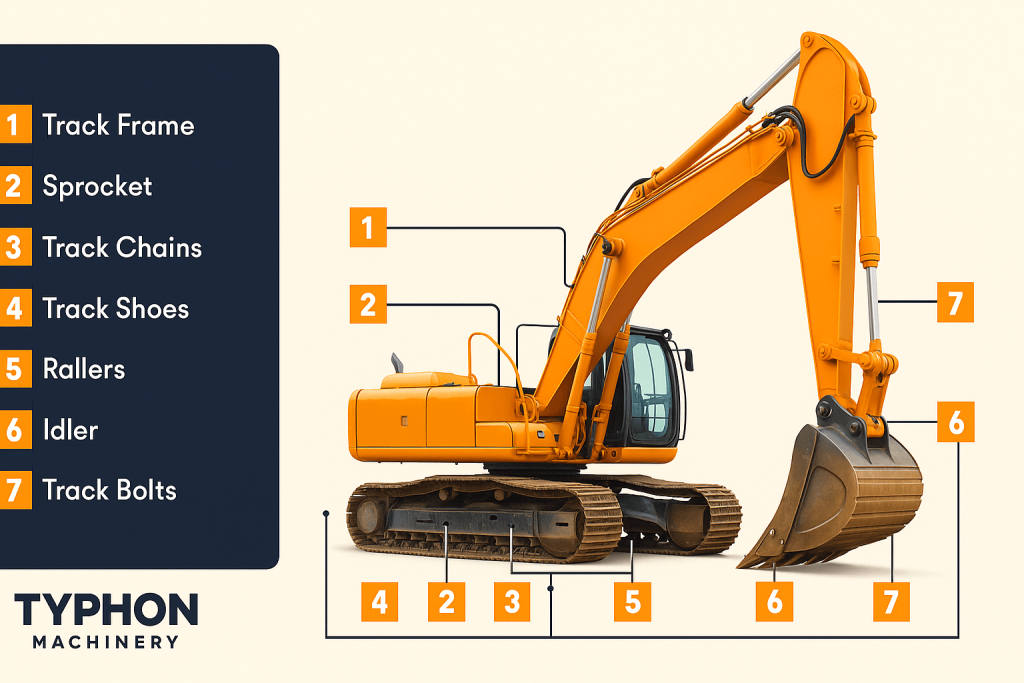
Cab
The cab, also known as the house or car body, is the command post of an excavator. This is where you will have all the controls of the excavator and run some basic checks. Depending on the construction model, the cab can rotate a full 360° for optimum vision. The cab-area has the center control unit, which has different components, according to the model of the excavator, and so on …
11. Main Controls
It depends on the machine, but basically this is the command center of the excavator. Here you have the steering wheel, the control for operating the Excavator’s functions. You will see here the start/stop switch, the speed controller, and the safety switch box, as for seatbelts and other things.
12. ROPS
ROPS is a roll-over protective structure that is another compulsory safety feature, encompassing the entire operator zone to be safe even if the equipment overturns.
13. Counterweight
The presence of the counterweight provides the necessary force, which, in turn, in a very straightforward manner, counteracts the excavator swing motion while breaking the ground and keeps the machine from falling over. The counterweight, in the most basic sense of the term, makes it easy to create the lifting while the excavator is digging.
14. Engine
Referred to as the power unit of the excavator, the engine is usually located near the cab for the convenience of maintenance and repair. Additionally, it’s known to operate by diesel fuel.
15. Hydraulic Fluid Tanks
Hydraulic fluid tanks store all the hydraulic fluid required for the excavator to operate its bells and whistles. Tanks and the device which it is working with will form a closed hydraulic system that will make it easier to push the hydraulic fluids back and forth in order for them to accomplish work in this regard.
Almost all excavators are controlled by hydraulic mechanisms, with the fuel tanks located inside the cabs.
16. Fuel Tank
Just like the name suggests, this is the place where the fuel of the excavator (as previously said, usually diesel) is kept.
17. Main Control Valve
The main control valve acts as a linking device between the engine and the hydraulic mechanisms. Besides, it plays a central role in the management of oil pressure for the purpose of activating the hydraulic equipment like the arm and boom from the hydraulic system.
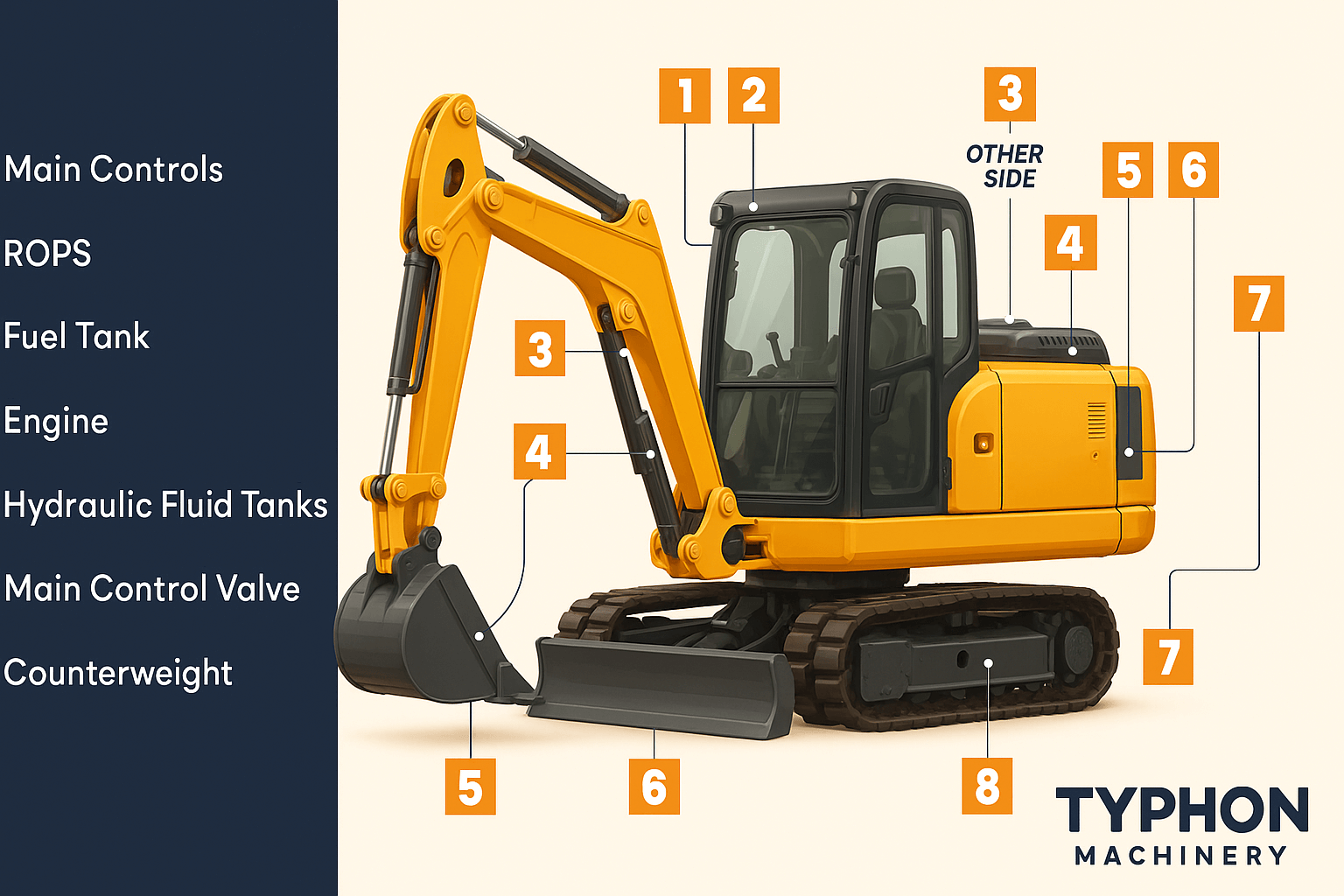
Arm/Boom
To wind up, the actual digging force of the excavator. The boom and arm are the power that is actually used.
18. Boom
The boom of the excavator is the part at the front that is attached to the cab and that carries the arm.
19. Arm
The excavator arm, also known as the dipper or stick, is the piece that is linked to the boom and holds the bucket. by means of the arm and boom, the bucket can be manipulated and put in the proper position.
20. Bucket
The bucket is the part that is attached to the arm and that does the digging work by means of the arm’s movements.
21. Cylinders
Normally, there are three kinds of cylinders on an excavator: the boom, arm, and bucket. The cylinders are the main components used to connect different sections and make each part swing. For an example, the bucket cylinder is plumbed between the arm and the bucket, and it helps to move the bucket back and forth.
22. Attachments
This is the last thing: you have the opportunity to select some attachments for the excavator. The choice of your attachments will be determined by your particular project needs. Some of the general excavator equipment attachments include:
- Rotators for digging out of a bucket
- Grass cutters and lawnmowers
- Stump crushers
- Boom extensions
- Drills
- Breakers and percussion hammers
- Tree clippers
- Pipe layers
- Grading buckets
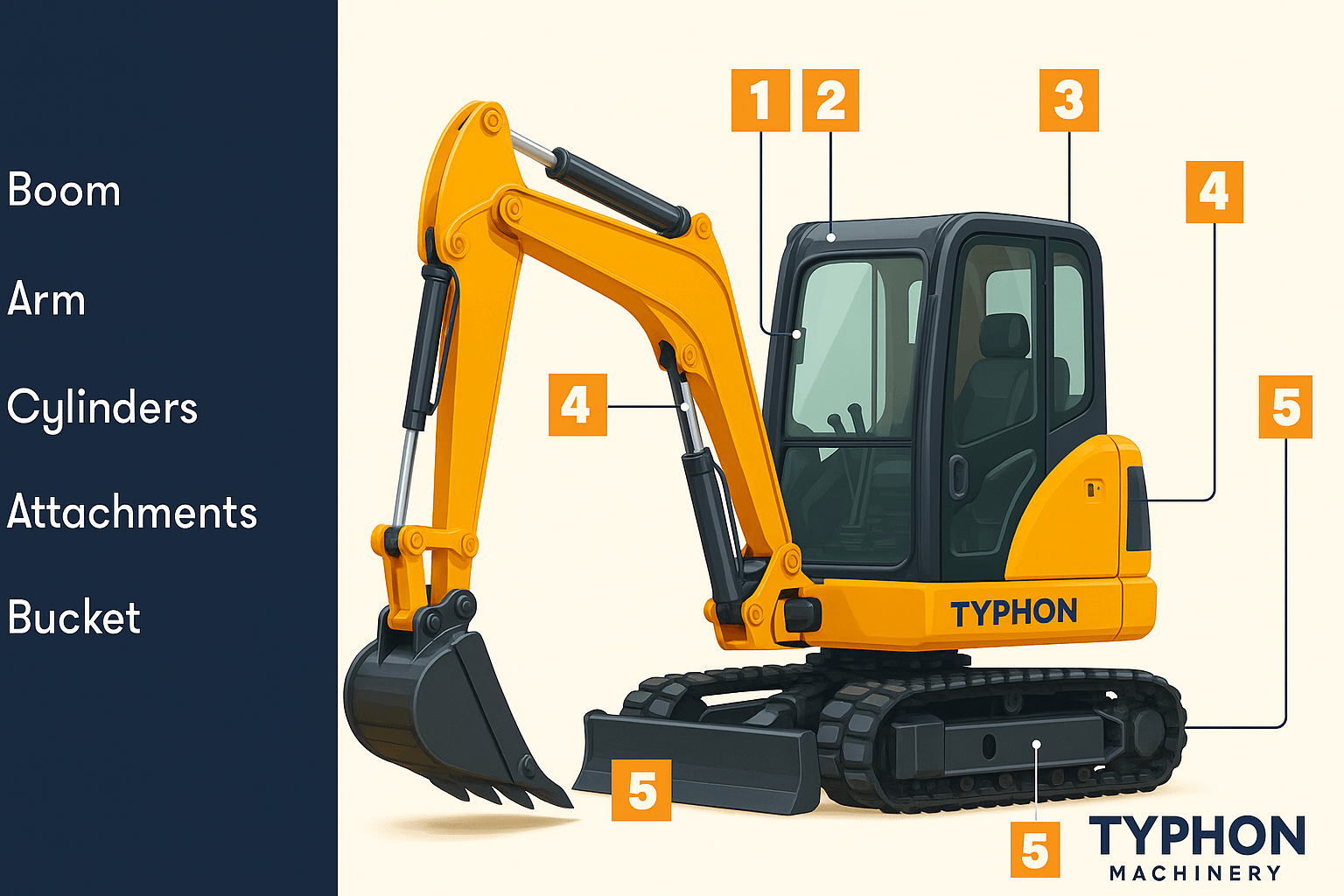
Frequently Asked Questions
Let’s consider the frequently asked questions about the excavator details.
How many parts does an excavator have?
The exact number of parts can be specific to the excavator you wish to buy. However, for the most part, you will find the 22 mentioned above.
What is the end of an excavator called?
The end of an excavator is called the bucket, which is specifically used for digging and moving of soil.
What is the arm of an excavator called?
The arm of an excavator is usually called the arm, dipper, or stick.
How many types of excavators are there?
There are a variety of seven categories of excavators that serve many atmospheres and purposes.

